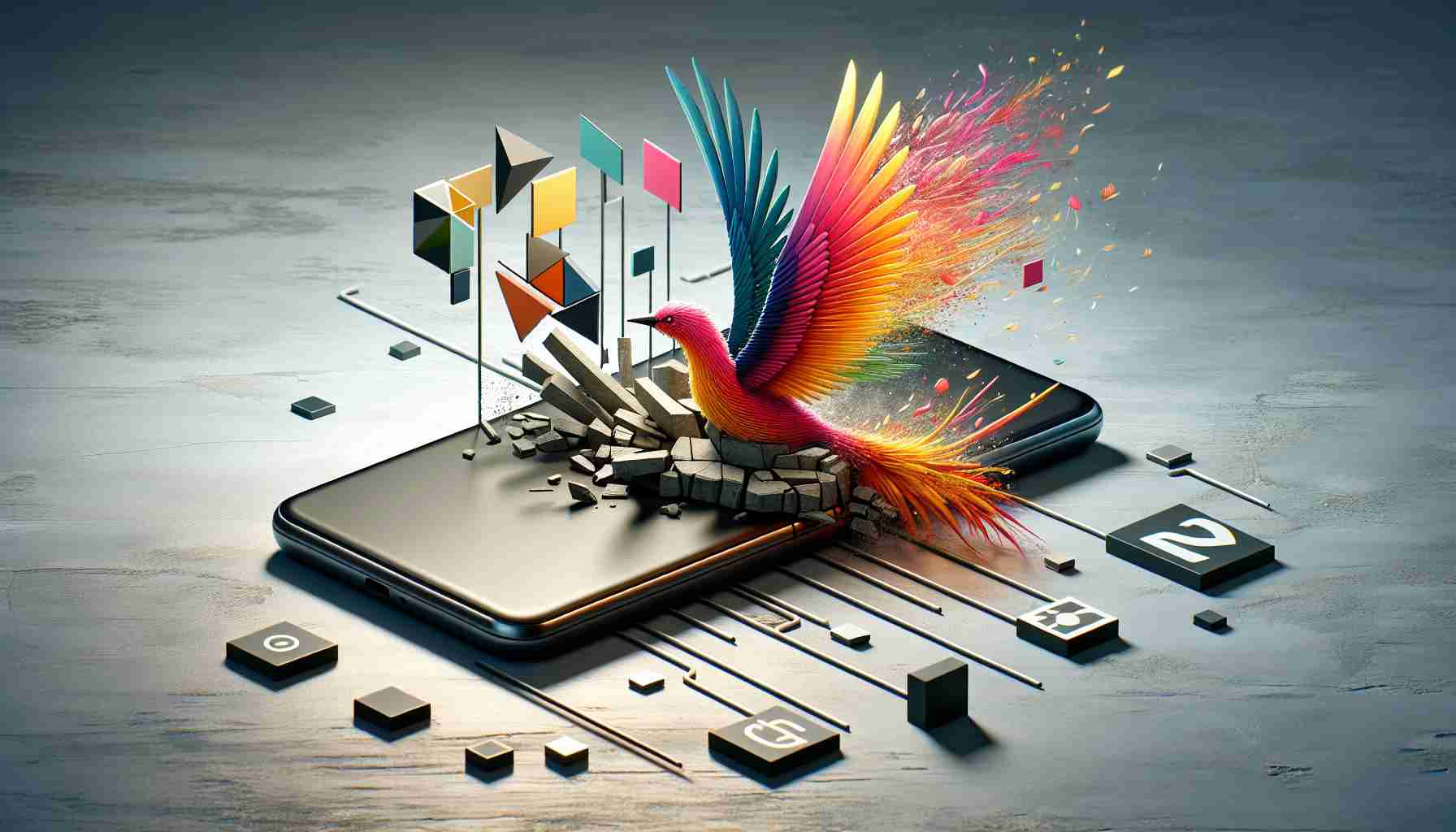The rise and fall of Nokia’s empire in the mobile world
Nokia, the venerable mobile phone brand from Finland, once ruled the global handset market, largely due to the success of its Symbian operating system. Pioneering models such as the Nokia 3210, Nokia 1110, and Nokia 1200 became household names, while the high-end Nokia 7650 boasted early camera phone technology. The N series, including the N90, N92, N93i, and N95, pushed the boundaries with their advanced 5 MP cameras and multimedia capabilities.
However, Nokia’s dominance was challenged with the arrival of iOS and Android in 2007 and the company’s slow response to the changing marketplace, particularly the rise of Apple.
Nokia’s shift into the era of smartphones
In response to the smartphone revolution, Nokia introduced the Lumia range in November 2011. Developed in collaboration with Microsoft, the Lumia series aimed to compete with the Apple iPhone and Android devices. Renowned for its exceptional camera quality, in partnership with Zeiss optics, models like the Lumia 1020 with its 41MP sensor established Nokia as a photographer’s delight. The Lumias were known for their bold, youthful design and vibrant color options.
The rumored rebirth of the Nokia Lumia
Decades later, HMD Global, the manufacturer of Nokia phones, appeared to be poised to bring back the beloved Lumia line. Alleged leaks suggested the development of a mid-range device inspired by the Lumia’s design. Dubbed ‘Tomcat’ in the rumor mills, this device was rumored to feature a Snapdragon 7s Gen 2 chip, a Full HD+ AMOLED display with a 120Hz refresh rate, and a substantial 4900 mAh battery with 33W charging capabilities. It may also include a 108MP main camera complemented by a 2MP macro lens, possibly bringing back the PureView technology for enhanced zoom and image detail. Unlike its predecessors, the new ‘HMD Tomcat’ is slated to run Android 14, adding a modern twist to the Lumia legacy.
Important Questions and Answers:
What led to the initial decline of Nokia’s mobile phone market share?
Nokia’s initial decline in the mobile phone market share can be attributed to the rapid emergence and adoption of iOS and Android platforms which Nokia failed to anticipate and match in time. The Symbian operating system, which powered many of early Nokia’s smartphones, was not as user-friendly or versatile as its competitors, leading to consumers shifting to more innovative platforms that offered a greater number of apps and a smoother user experience.
What is HMD Global’s role in Nokia’s phone business?
HMD Global is a Finnish company that, since December 2016, holds the rights to develop and market smartphones and feature phones under the Nokia brand. It aims to restore Nokia’s reputation by focusing on design, quality, and innovation, leveraging the brand’s strong legacy.
What are the potential challenges in reviving the Nokia Lumia?
One of the key challenges in reviving the Lumia line includes competing in an already saturated smartphone market dominated by established players like Apple and Samsung, and a host of other Android device manufacturers. Another challenge is convincing consumers to embrace a brand that has been relatively dormant in the smartphone segment for several years. Additionally, ensuring that the new Lumia devices can integrate well with the vast ecosystem of Android apps and services is critical for the success of any potential revival.
Advantages and Disadvantages of Reviving the Nokia Lumia:
Advantages:
– Brand Nostalgia: The Lumia series has a loyal fan base that fondly remembers the brand and could be interested in its revival.
– Unique Design: The Lumia family was known for its distinctive design and colorful options, which could help it stand out in the current market.
– Camera Quality: Nokia’s partnership with Zeiss optics and the historical precedence of high-quality cameras in Lumia smartphones could be a major selling point for photography enthusiasts.
Disadvantages:
– Market Competition: The smartphone market is highly competitive, with numerous brands offering advanced features at competitive prices.
– Brand Relevance: Modern consumers may not recognize the Lumia brand, making it difficult to attract a newer, younger demographic.
– Operating System: With the new Lumia rumored to run Android, it may lose some of its distinctiveness compared to other Android phones, making it harder to differentiate from competitors.
If you are looking for more information regarding Nokia phones or HMD Global, you might find these official websites useful:
– Nokia
– HMD Global
Please note that the above websites are the main official sources for information on Nokia phones and HMD Global. Other relevant information could have updates on these sites as the situation on the rumored Lumia revival evolves.
